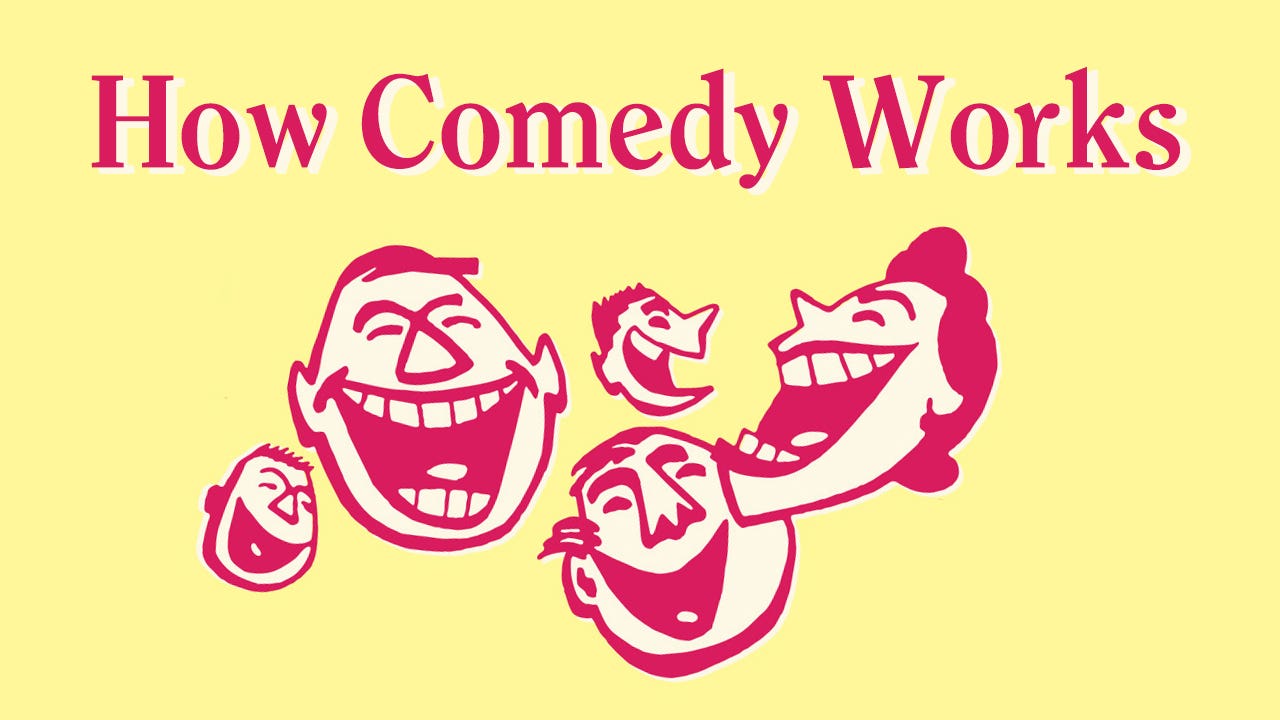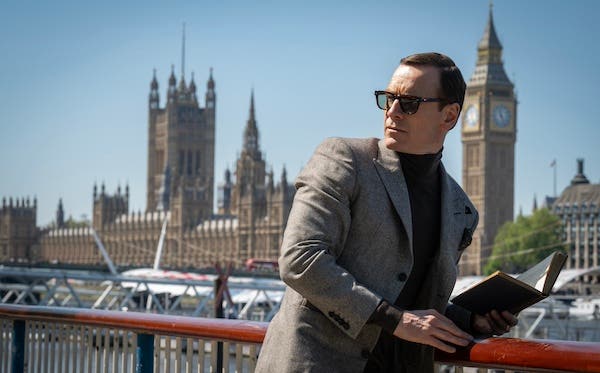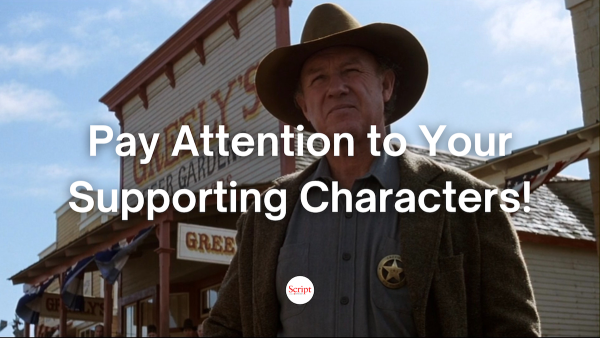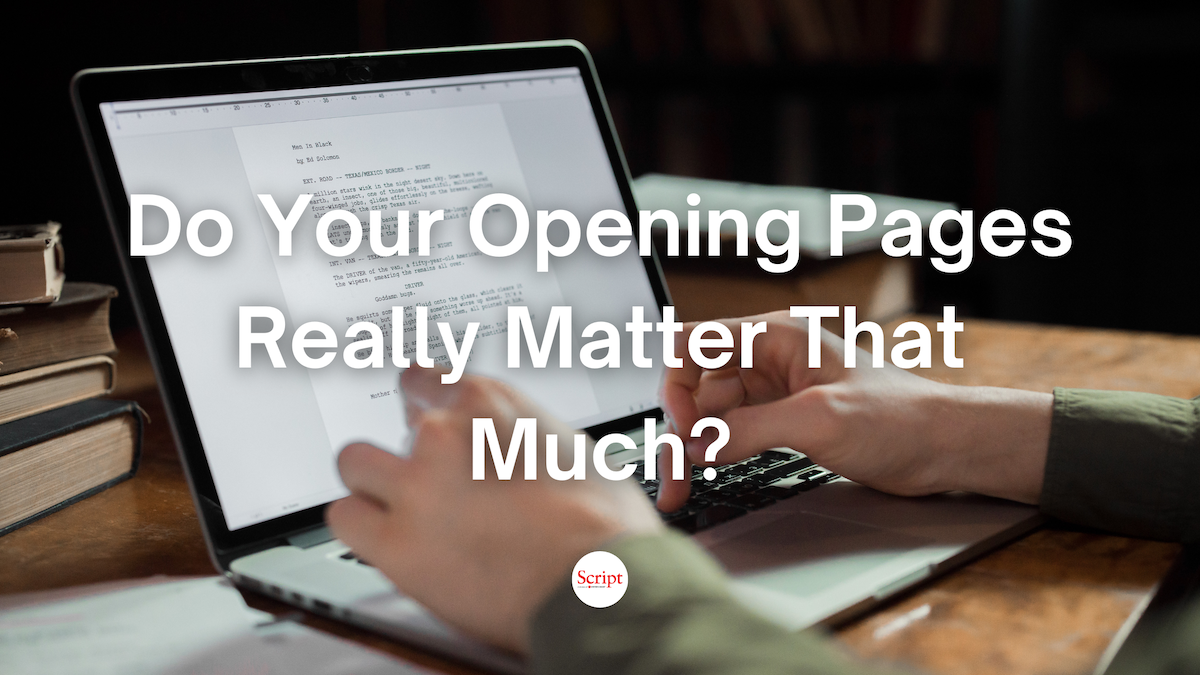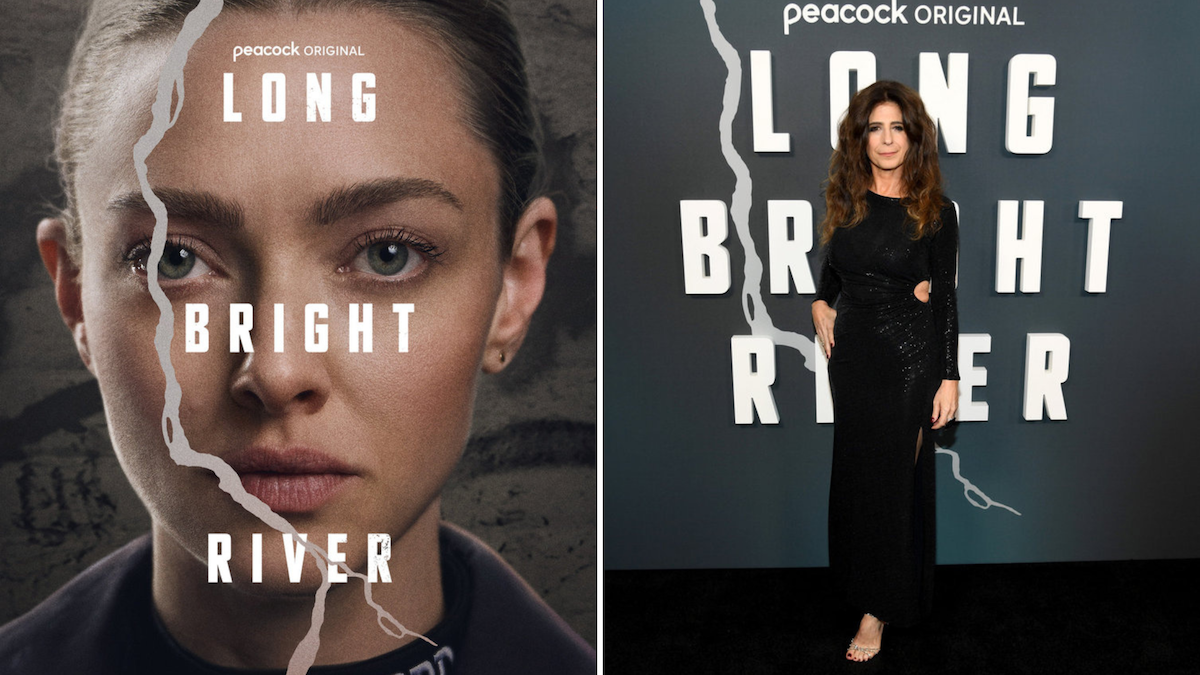How to Reveal Your Character’s Backstory Wound
By Martha Alderson aka Plot Whisperer Click to tweet this article to your friends and followers! A character’s backstory directly impacts her front story by the beliefs and people she was…
By Martha Alderson aka Plot Whisperer
A character’s backstory directly impacts her front story by the beliefs and people she was raised with, her education, her emotional development. Often something in her backstory caused a wound—either physical, psychic, or both. Anything in her past that now directly interferes with a character achieving her dream or goal in the front story is called a backstory wound.
The backstory wound can be conscious or forgotten. Either way, over time, a buildup of pain and suffering forms a burden on the protagonist’s heart. Stories show a character shedding her backstory toward the end of the story and reawakening a belief in the miraculous.
Each protagonist has a valuable asset just waiting to be mined that she and most others don’t even notice until she shrugs off her backstory, at least long enough to seize the prize at the end.
The wound can happen at any age and at any point at which the protagonist is diminished. Something occurs to mask the sense of the miraculous in the protagonist with thoughts and beliefs that reflect a misrepresentation of who she truly is. This illusory identity then becomes like a ghost structure and the basis for all of her future interpretations about life. As long as she defines her sense of self from old damage and as being less than extraordinary, she lives an unfulfilled life. A backstory wound is a lesser or greater trail of damage across her heart and limits her capacity for love.
Because a backstory is usually filled with fear, loathing, and pain, it is often buried. Thus, the backstory reveal toward the end of the middle of the story is often painful and difficult for the character to discern and integrate. Often, before a sense of freedom and a tranquil heart prevails, first comes forgiveness.
For the protagonist to complete her transformation at the end of the story, first she must reshape her center in herself and find stability in her own inner ground.
Four Ways to Reveal a Character’s Backstory Wound
- The story begins at the moment of loss and moves forward from there.
- The story begins at the moment of loss and jumps in time where the front story begins.
- The front story begins the story and the backstory is shown in flashback.
- The front story begins the story and the backstory is shown through the character’s behavior and the choices she makes.
Less than Perfect
The backstory wound makes the character less than perfect, which makes her believable and easier for readers and audiences to identify with. When a reader connects with what happens to the protagonist, she becomes united with that character in an intimate way. The audience’s concern and compassion comes alive as they live the story.
One way for the reader to connect with the protagonist of your story is through her backstory wound.
Development of the Backstory Wound
Untended and left to fester, the wound spins the protagonist into an unproductive repetition of behaviors and habits and patterns that doom her to failure. These unproductive habits are shown in various degrees in the beginning of the story.
In the middle of the story, as she is subjected to greater and greater complications, her backstory wound interferes in greater and greater measure.
After the crisis toward the end of the middle, she acknowledges the true source of her limitations?herself. Throughout the final quarter of the story, she struggles to trust, rely on, and be true to herself and find she has all she needs. Slowly she modifies her behavior, acting in a manner most natural to her. When she begins to use her innate abilities, life begins to improve for her. Freed from her self-imposed limitations, she seizes the prize at the end of the story.
Toward Transformation
The external action is a result of the protagonist’s efforts moving forward toward her goal only to be blocked by the antagonists. This can be seen as an insistence that the protagonist find out the truth of her life, the mystery, the romance, the dilemma, the villain, or the murderer for herself. She no longer accepts someone else’s word or a reality that is refracted through the lens of her backstory wound.
The ultimate test of cause and effect is to track the healing of the backstory wound as the character transforms through the course of the story. The healing of the backstory wound is unspoken but manifests itself through the transformed action taken by the protagonist. Whatever other gifts she seizes at the climax, an unspoken one is her newfound belief that her very presence in the world is itself the primal gift.
Excerpts taken from The Plot Whisperer Workbook: Step-by-Step Exercises to Help You Write Compelling Stories
~~~~~~~~~~~~~~~~~~~~~~~~~~~~~~
How to Plot and Write Your Screenplay in 30 Days Webinar by Martha Alderson
Screenwriting Webinar from The Writers Store
At a Glance:
- Do you have lots of starts and no The Ends? Do script ideas keep you awake at night with no time to write? Then this webinar is for you.
- During this live webinar, you’ll learn how to maximize what time you do have to write a screenplay in a month, and plot the end of your screenplay as you write the beginning.
- Gain a deeper understanding of your concept up-front, shake up the way you write, and discover the benefits of a deadline
Martha Alderson, aka the Plot Whisperer, is the author of the Plot Whisperer series of writing resources for authors: The Plot Whisperer Book of Writing Prompts: Easy Exercises to Get You Writing , The Plot Whisperer Workbook: Step-by-Step Exercises to Help You Create Compelling Stories, companion workbook to The Plot Whisperer: Secrets of Story Structure Any Writer Can Master (Adams Media, a division of F + W Media), Blockbuster Plots Pure & Simple (Illusion Press) and several ebooks on plot.
As an international plot consultant for writers, Martha’s clients include best-selling authors, New York editors, and Hollywood movie directors.
She teaches plot workshops to novelists, memoirists, and screenwriters privately, at plot retreats, through Learning Annex, RWA, SCBWI, CWC chapter meetings, Writer’s Digest, The Writers Store and writers' conferences where she takes writers beyond the words and into the very heart of a story.
As the founder December, International Plot Writing Month better known as PlotWriMo, Martha manages the award-winning blog for writers: The Plot Whisperer which has been awarded honors as a top writing advice blog by Writers Digest 2009, 2010, 2011, 2012, 2013. Her vlog, How Do I Plot a Novel, Memoir, Screenplay covers 27 steps to plotting your story from beginning to end and playlists to help writers create a compelling plot for their novels, memoirs and screenplays.
Follow her on social media: Twitter @plotwhisperer, Facebook, Pinterest
Top screenwriting and film publication, founded in 1989, published by Active Interest Media. Twitter: @scriptmag


